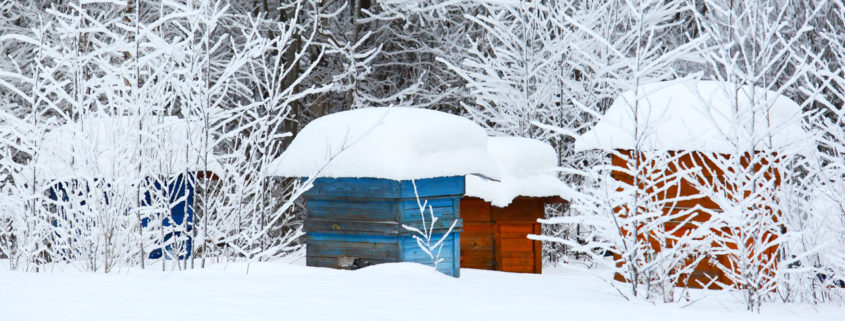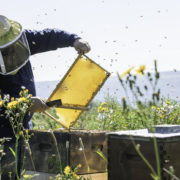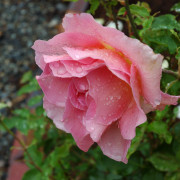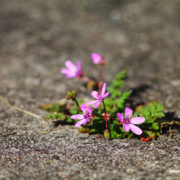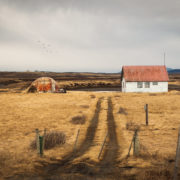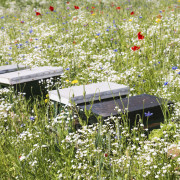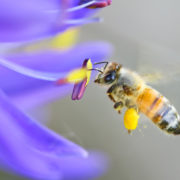Winter Shut Down
In mid to late summer, a bee colony size is at its peak. Later in summer, and leading into autumn, bee populations naturally decline, which follows the general decline of Mother Nature’s available nectar and pollen. By the time winter arrives, a beehive has reduced its population to a minimum cluster of bees, whose main goal is survival to the next season. By December, a typical bee colony, even if perfectly healthy, will have only about four to six frames of so-called “winter bees” and no new brood, as queens shut down brood rearing in the winter due to the cold and lack of forage. The colony stays in this sort of semi-hibernation until spring comes along, bringing warmer days and new blossoms.
In California, the winter shut down is less pronounced, as bees continue to forage in many coastal areas year-round. Eucalyptus and jade flowers bloom during the winter, providing coastal bees a reliable late season nectar source. Nevertheless, even in California, a typical hive of bees begins reducing its population, so that by the middle of December a bee colony’s population may be about half of what it was only a few short months ago.
Wildflower Meadows would like to thank all of you for a successful 2016. We wish you all a joyous holiday season, and best wishes for a prosperous New Year!

